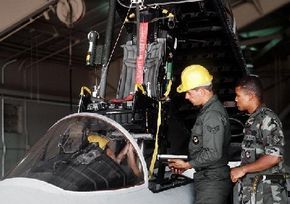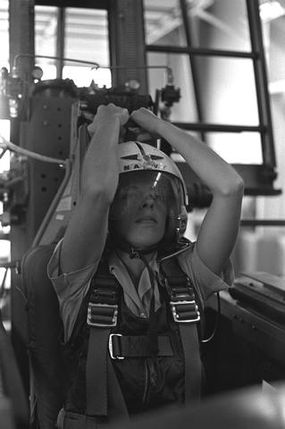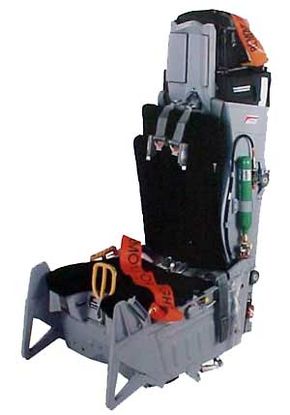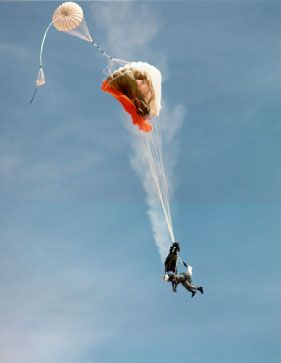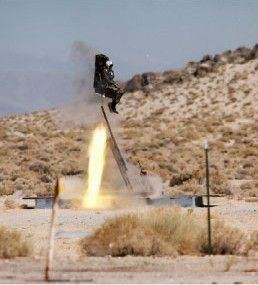U.S. Air Force Captain Scott O'Grady was helping to enforce the no-fly zone over northern Bosnia on June 2, 1995, when a Bosnian-Serb surface-to-air missile (SAM) struck his F-16. With the plane disintegrating around him, O'Grady reached down between his knees and grabbed the pull handle of his ejection seat. After a loud bang caused by the canopy separating, O'Grady was blasted into the air along with his seat. Soon after, his parachute deployed and, like 90 percent of pilots who are forced to eject from their aircraft, O'Grady survived the ejection from his F-16. Following six days of evading capture and eating insects for survival, O'Grady was rescued.
Ejecting from an aircraft moving at speeds greater than the speed of sound (mach 1: 750 miles per hour / 1,207 kph) can be very dangerous. The force of ejecting at those speeds can reach in excess of 20 Gs -- one G is the force of Earth's gravity. At 20 Gs, a pilot experiences a force equal to 20 times his or her body weight, which can cause severe injury and even death.
Advertisement
Most military aircraft, NASA research aircraft and some small commercial airplanes are equipped with ejection seats to allow pilots to escape from damaged or malfunctioning airplanes. In this edition of HowStuffWorks, you will learn about the parts that make an ejection seat work, how the seat lifts a pilot out of a plane and about the physics involved in ejecting.

